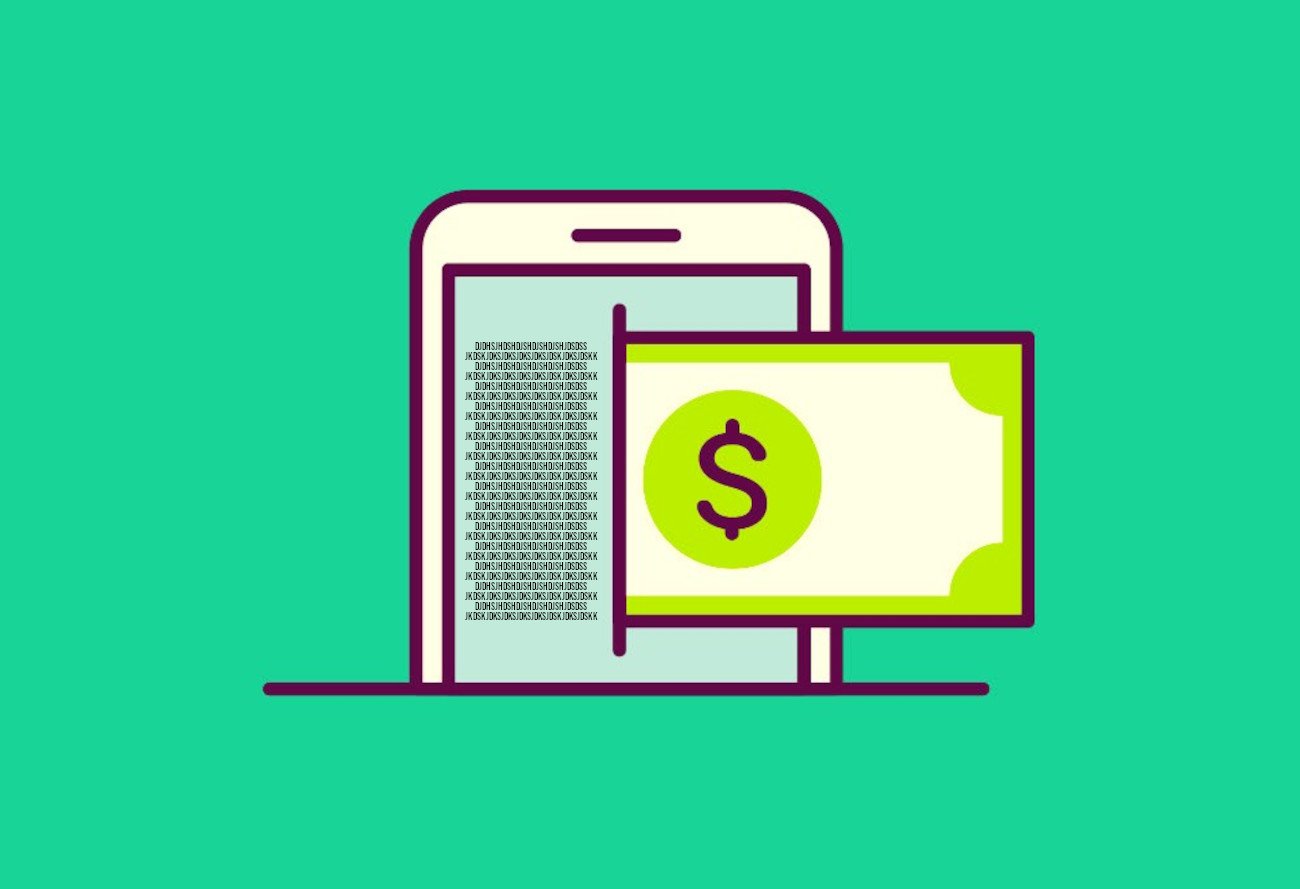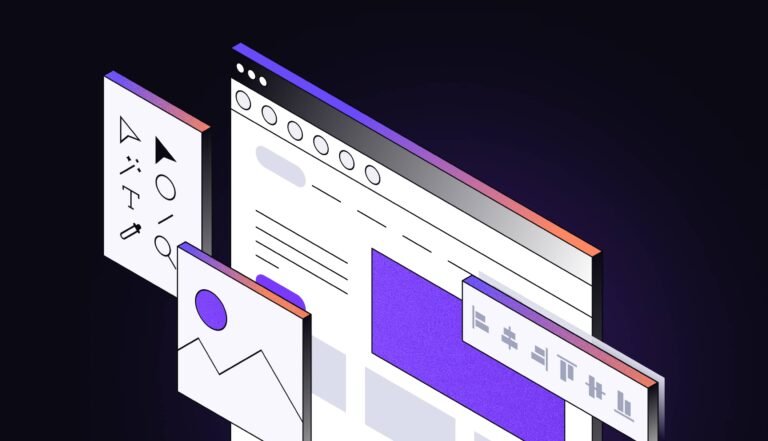This is how bloggers make money: 2025 complete guide
You see them. You check out their cool Instagram posts with snapshots so carefully built of their lavish (or minimal or alternative or healthy or stylish or fit) lifestyles followed by captions full of inspirational insights and dubious recommendations that navigate those fine lines between real life, online presence, and marketing stratagems. You don’t know how bloggers make money, but you know all about their gains.
And you want a piece of that too.
In this post, I’ll share all of the main methods bloggers use to generate income from their online activities. Yes, I’m talking about that girl or that cool guy that you know, but also about those dudes who dedicated themselves to a life built around their main interest, those active folks that turned their favorite sports into an online career, that couple that shares their delicious vegan recipes or that cousin that does something you don’t quite understand and always seems to have more free time than you.
Blogging, be it on a full-on blog or on Instagram or any other type of social media, can open doors to a lot of different paid work, and here you’ll get to finally understand, for once and for all, how most of them work.
I hope you get inspired by this and start working towards your own goals by using this guide. If you do so, please, don’t forget to e-mail me your URL address or your Instagram handle, I’d love to follow your online project.

How bloggers make money online
They display ads
This was probably your first thought. Ads have been linked with blogs since the beginning as one of the most popular automated monetization resources available. It was carried from print media and works similarly, but enhanced nowadays with the best that technology can offer for customized media and target audiences.
It’s an experience you get from browsing online: companies develop campaigns with advertising platforms and set their own parameters of context, topic, audience, and reach. The platform then distributes said media to its own network of websites, blogs and video users to show and hopefully catch viewers and readers attention.
For a blogger, the big advantage of this method is entering as a part of a very well-developed and established machine to get his own cut of the pie, no matter how small it might seem (don’t underestimate the value of multiple small gains). It might not be as effective as it once was, but it still captures a lot of attention from both publishers and advertisers up to this day.
Read also…
Bloggers can enter advertising programs to include automatic ads to their pages, the most popular being Goole Adsense. Usually, it takes a well rounded blog to be accepted to the program and to get best-performing ads, but I guess that, if you want to take your blogging life seriously, that’s a given anyway.
An important disclaimer: beware of choosing to show a lot, A LOT of ads and alienating your audience because they just can’t navigate your blog’s pages without interference, ok? It’s a risky choice that of overflowing your blog with ads hoping to be more profitable.
Here are 5 of popular display advertising programs; follow the links for more info!
They sell their own products
Bloggers often make good use of their number of readers and/followers to promote a product they have created on their own. It can be a physical product (apparel, art, handcrafted work, accessories) or a digital product (e-book, course, training session, tutorship, graphic design, creative work, online services).
It’s the “I’m known as an expert about this, so here’s what I have created with that expertise”. The biggest difficulty with this approach is dealing with the production side of things: a blogger will need a design team or at least a well-rounded production facility to make a product from scratch.
They sell other people’s products with affiliate marketing
You can probably imagine the cost of developing your own product, specially if they are in the physical category. To cut this short, bloggers also sell items, services or infoproducts they haven’t created, but they “recommend”, be it by their own belief in it or by their monetary interest.
That’s what folks call affiliate marketing. The whole chain is usually automated: the blogger signs up to a program that has the product he/she wants to promote, the program offers unique links and/or promocodes to be shared and every sale that is generated by using that resource is converted into commission for the blogger.
This is one of the most common ways a blogger can turn their audience into consumers because it demands no advanced cost, it can be easily managed directly by the blogger and it’s very, very escalable. With time, bloggers can create their own products and offer affiliate memberships too, making use of a combined strategy that could ramp up profit considerably.

There are a lot of multi-product affiliate marketing programs available for bloggers, here’s a list of the most popular ones. Follow the links for more information!
Also, brands and niche services also offer their own affiliate programs, so look out for untamed opportunities with the products and services you use, love and recommend!
See also…
They create online courses and info products
Info products are on the rise, and not only because of people’s interest on them, but also because they are so easy to make, market and sell. Bloggers and social media influencers are relying more and more on this tool to increase their income generated by their audiences.
Info products are courses, tutorials, guides, packs and e-books that teach or offer ready solutions to their readers. They could have a simple e-book interface, but more elaborate designs tend to be more popular (and profitable): video classes have universal appeal (also because you don’t feel you are learning from nobody you can see), but PDF’s, presentations and scheduled webinars (that often pretend to be live) are also formats of choice for this type of sale.
With info products, your only limitation is yourself: you can turn any topic into a course or a guide and format it to sell to your readers/followers. Popular platforms take care of the technical part of selling info products so bloggers can focus on content and design; all you have to do is enter the product’s info and payment choices and bam! you got yourself an info product sale opportunity. Here are some of popular options that help this kind of transcations:
They self-publish their books and/or e-books
Gone are the days where a book deal was a fixed requirement to get your words out, no matter the genre of your choice. Today, bloggers are making use of tools that allow them to be published authors with real books on physical or digital form releases.
Yes, it’s tough to beat the well-oiled machine of established publishers, but if you are not looking for that certified NY Times Best Seller title, self-publishing is a welcoming door to the writing career of your dreams.
The most popular tool for self-publishing nowadays comes with an active and huge, giant marketplace attached: Amazon’s Kindle Direct Publishing. It allows you to prepare your e-book and list it on Amazon for sale on their e-books directory. Also, you have the option to offer physical copies of your book and sell it too to cover all the bases from a writer’s perspective.
Amazon’s Kindle Direct Publishing platform has all the necessary services and resources to turn a blogger from writer to published author, click here to get to know the service and its details (available to limited countries) →
If it seems too complicated, know that some of the tools dedicated to info products can also be used by bloggers to publish their e-books. If nothing works, a blogger can always prepare his own PDF file with the complete e-book and sell it simply with a PayPal button on the blog. Content and interest always beat selling tools!

They create content for brands
A blogger can turn his/her own abilities on creating content into a full-blown business once the content has the chops to back it up.
Brands, services, marketing agencies and publications are always on the hunt for content creators to help push their own products, and sometimes established bloggers are a perfect way to go because of their proven success on their field (visibility, numbers, sales, whatever is the metric that suits them best).
A blogger can create content for brands both in a visible way, where the content also works as an advertisemnent that has the popular blogger as its star, or as a ghost content creator, sharing expertise and developing projects outside of the personal realm.
The bigger the brand, the bigger the budgets, so creating content for brands can be a smart way to grow a blogger’s income. To begin, once you have an established online presence, you can reach out to brands directly or to social media agencies and publicity offices to present your areas of exepertise and try to start working with them. Collaboration is key here, since once you create content for a brand, it’s not all about your own personal voice anymore.
They advertise brands’ products
Bloggers can become celebrities too, as you probably see for yourself on your Instagram feed. With big numbers of followers and engagement, companies start to be interested in cashing in on their status.
From there, a blogger can display products or services ads on their posts, create sponsored blog posts that highlight all the qualities of an item and even be hired as an official spokesperson for a brand or a product.
Bloggers can also profit from endorsement deals and photo opportunities as their reach grow. There’s a big personal component here, so this works best for bloggers that actually use their own image on their content.
If that’s not your case, don’t take for granted the possibilities with sponsored posts, a huge and lucrative portion of the whole blogging monetization universe.
Read also…
They make their YouTube channel profitable
Yes, a blogger can make money from a YouTube channel, but it takes views. A lot of them. Preferrably millions of them.
In average, this is how much YouTube pays for a thousand views: US$ 4. It can be more, depending on your theme, and it can be less if your videos fail to convert into clicks, but that’s the base value to think about YouTube earnings. So, if one wants to make US$ 100 from a channel, reach for 25.000 views, and so on.
Of course, a lot of bloggers combine this profit with another monetization technique, like affiliate links promoted during the video or at the description box or any other resource listed here. With a high volume audience, you can direct them to wherever you want.
Aside from the views vs. earning paradigm, a YouTube channel needs to reach a couple requirements to be considered for monetization: a channel needs more than 1.000 subscribers, more than 4.000 hours of watch time in the past year and, of course, it can’t violate ANY of the terms of service from YouTube (that includes sensitive content and copyright issues).
There’s a “line of production” method that has been on the rise for “cash cow” YouTube channels lately: you hire someone to write the script, someone to design the graphics and assembly the video and publish the content by yourself. If you manage costs smartly, there’s big potential for growth. Think of those lists, rankings and compilations channels (and their millions of views).

They sell subscription or membership plans
A more recent method that bloggers have applied for extra income is offering paid subscription/membership plans to their followers. Through payment gateways, bloggers can ask readers and followers to join their exclusive group for a mensal fee and have special extras derived from their regular content as incentives. It’s like a crowdfunding project for bloggers that lasts for how long each follower wants.
It also works for YouTubers who are looking to increase their gains – they offer exclusive content that is not visible on the main platform in exchange for a annual or monthly fee.
Another version of this is to have part of a blog closed for subscribers, in a structure that works just like a paywall works for media companies.
There are now platforms dedicated to intermediate this type of transaction, check out 6 of them at the list:
They use their blog as portfolio/display of specialized work
Here’s another way to look at your blog as a moneymaking booster: use it as a portfolio showing everything you are able to achieve or help your readers achieve so that they can be interested in hiring your services.
A blog doesn’t have to be focused on gains by itself, it can open doors for your specialized work as you conquer your reader’s attention and trust over time with the content you publish.
This is how companies think of their blogs: as a display of everything they have at their own hands to offer to readers. By answering their questions, hopefully readers will be interested enough in their services to consider said companies for “real” (and paid) work.
This format can also be very helpful to creative workers whose job doesn’t envolve directly being active on blogging or social media and want to develop an audience first, consumers base second to generate more leads and conquer new sales.
In this case, besides being dedicated to your content as you would anyway (right?), you need to make sure you have offered all convenient ways your future client can reach you, information that is clear and precise about what you do, results your work can bring them and details of what you have to offer.
Read also…
The more information they can get without contacting you, the better. A very common example: don’t fall into the “prince under request” trap, don’t you hate it when you get this as a prospect client?
Give everything to a needy audience and you have got yourself a great business in your hands!
I hope you find this list helpful to guide your own journey!
Summary
This is how bloggers make money in 2025:
- They display ads;
- They sell their own products;
- They sell other people’s products with affiliate marketing;
- They create online courses and info products;
- They self-publish their books and/or e-books;
- They create content for brands;
- They advertise brands’ products;
- They make their YouTube channel profitable;
- They sell subscription or membership plans;
- They use their blog as portfolio/display of specialized work.
Check this out…
Get fresh content delivered to you
Sign up to our newsletter and receive our latest updates and exclusive content. No spam, one e-mail per week, maximum!







